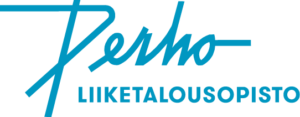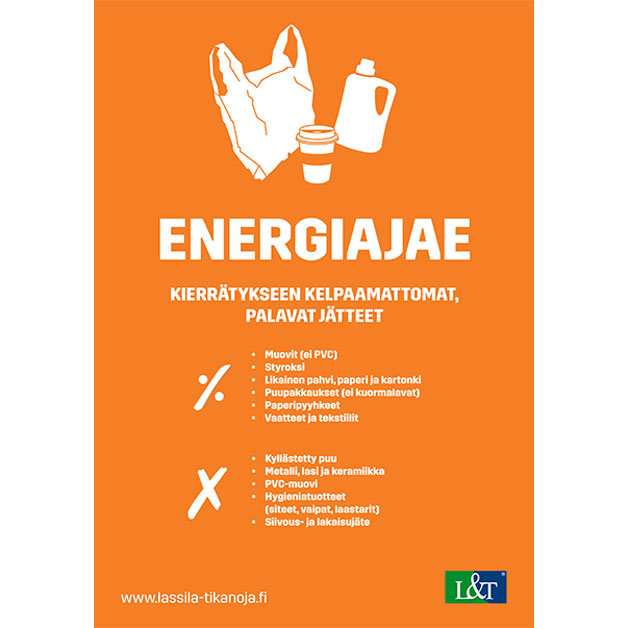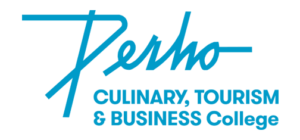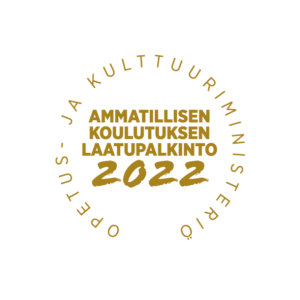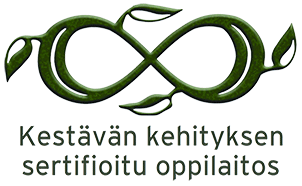Prevention and recycling of waste
The best waste is the kind that is never created.
Waste creation can be reduced through material efficiency, that is, sparing use of materials and environmentally responsible purchases, taking into account recyclability from the start.
The key decisions regarding waste generation are made when products are purchased. It is at that point that the decision is made whether you want to have disposable or durable products, individually packaged products or bath products, products made from recycled materials etc. Packaging waste can be reduced by, for example, buying products in larger batches or favouring products whose packaging is returned to the importer or wholesaler for reuse.
Perho CTBC sorts waste into eight components. The entire staff and all students are committed to waste sorting and recycling.
Are you doing your bit in accordance with our principles to sort and prevent waste?
Click the images to enlarge images.
Energy waste = Mixed waste
Helsinki Region Environmental Services Authority (HSY) stopped collected energy waste in April 2016. Energy waste can now be placed in mixed waste. Mixed waste (energy waste) consists of plastic packaging, disposable containers, styrofoam waste etc. Plastic products (indicated by codes 01, 02, 04, 05 and 06), plastic packaging used for food and other products, plastic bags, styrofoam, CD/DVD discs. This waste is burned in thermal power plants or industrial plants. Within Helsinki, mixed waste is taken to the Vantaa incinerator power plant. Energy waste can be incinerated. At the Töölö and Malmi campuses, we only collect mixed waste.
Recovered paper
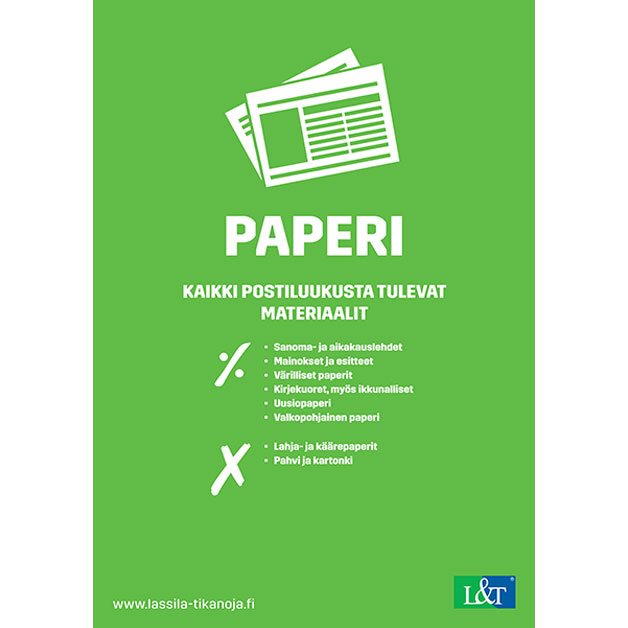 Clean and dry recyclable paper: newspapers, magazines, advertisements, envelopes, copy paper and paperback books. Depending on the properties and fibres, various end products, such as egg boxes, tissue products, newsprint and envelopes.
Clean and dry recyclable paper: newspapers, magazines, advertisements, envelopes, copy paper and paperback books. Depending on the properties and fibres, various end products, such as egg boxes, tissue products, newsprint and envelopes.
Cardboard
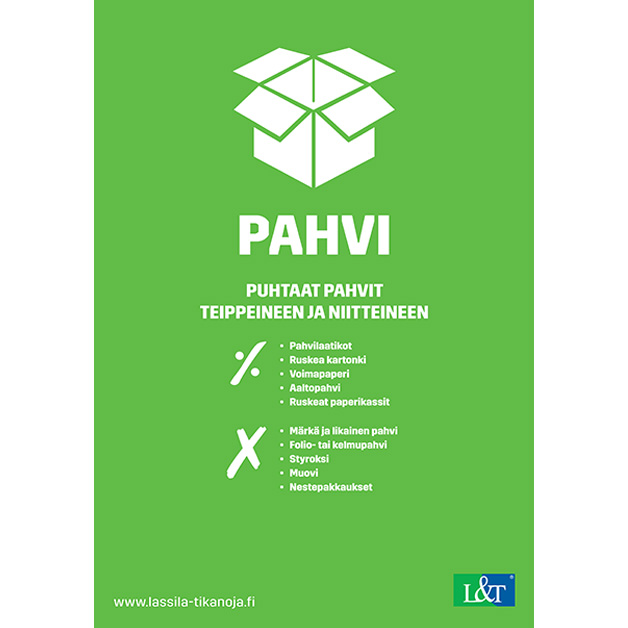 Clean and dry recyclable cardboard, paperboard and kraft paper: paperboard packages, cardboard, paper bags, kraft paper, copy paper wrapping paper. Recovered cardboard is used to make recycled cardboard, core paper, bookbinding board and binder cardboard.
Clean and dry recyclable cardboard, paperboard and kraft paper: paperboard packages, cardboard, paper bags, kraft paper, copy paper wrapping paper. Recovered cardboard is used to make recycled cardboard, core paper, bookbinding board and binder cardboard.
Biowaste
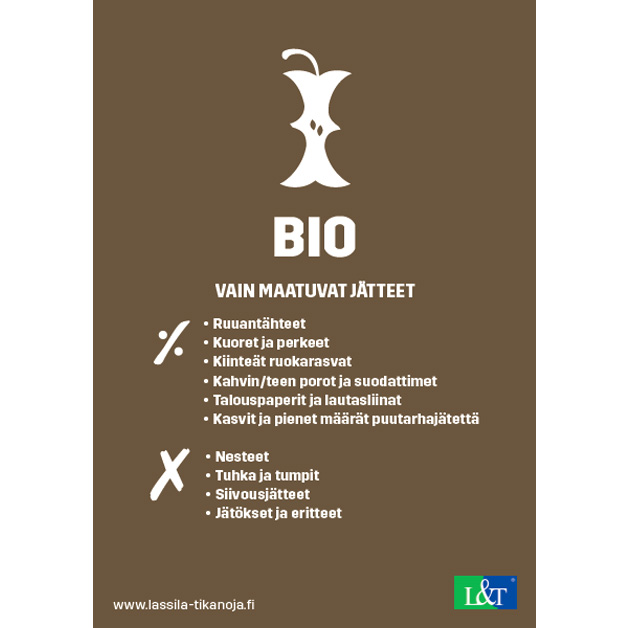 Organic food and garden waste, which is biodegradable solid and non-toxic waste: food waste, bones, fruit and vegetable peelings, filter papers and tea bags, paper towels and napkins. Compost humus generated during composting is processed into soil for cultivation and landscaping.
Organic food and garden waste, which is biodegradable solid and non-toxic waste: food waste, bones, fruit and vegetable peelings, filter papers and tea bags, paper towels and napkins. Compost humus generated during composting is processed into soil for cultivation and landscaping.
Fat and oil
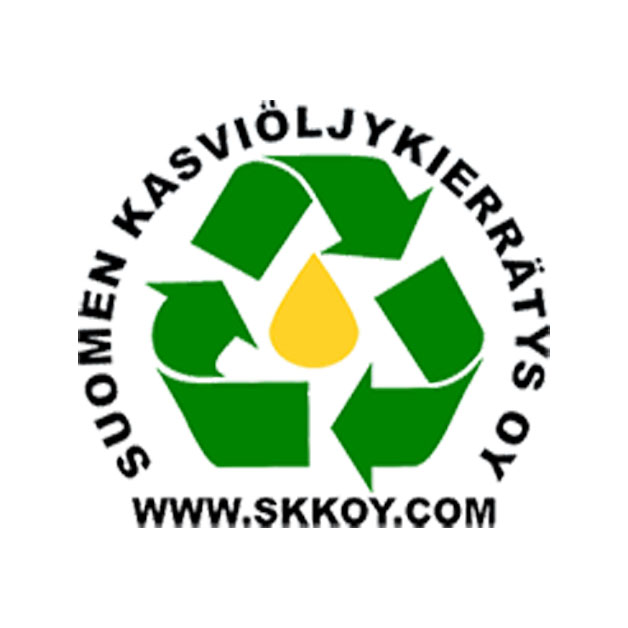 Vegetable and animal fat and oil is collected into containers and taken to the tank in the waste collection point. Fat and oil is taken to Suomen Kasviöljyt for recycling.
Vegetable and animal fat and oil is collected into containers and taken to the tank in the waste collection point. Fat and oil is taken to Suomen Kasviöljyt for recycling.
Scrap metal
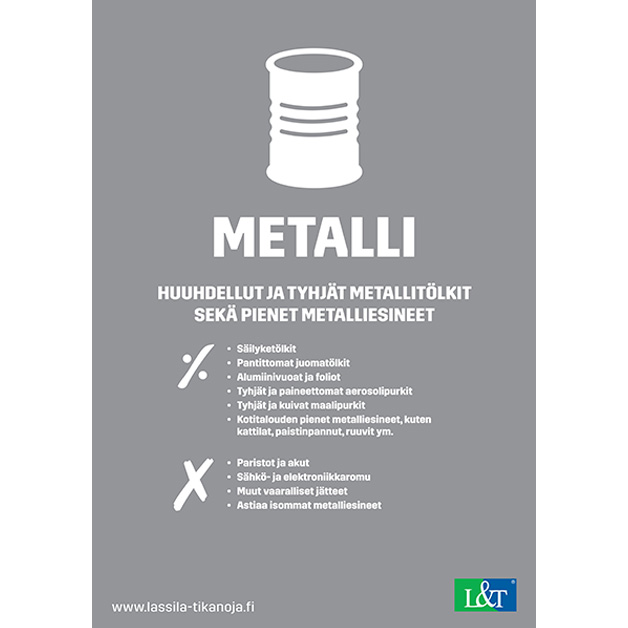 Discarded packaging metal and other scrap metal: metal tubes, empty metal containers, siphon cartridges. Metal is used as raw material in the manufacture of new metal products.
Discarded packaging metal and other scrap metal: metal tubes, empty metal containers, siphon cartridges. Metal is used as raw material in the manufacture of new metal products.
Waste glass
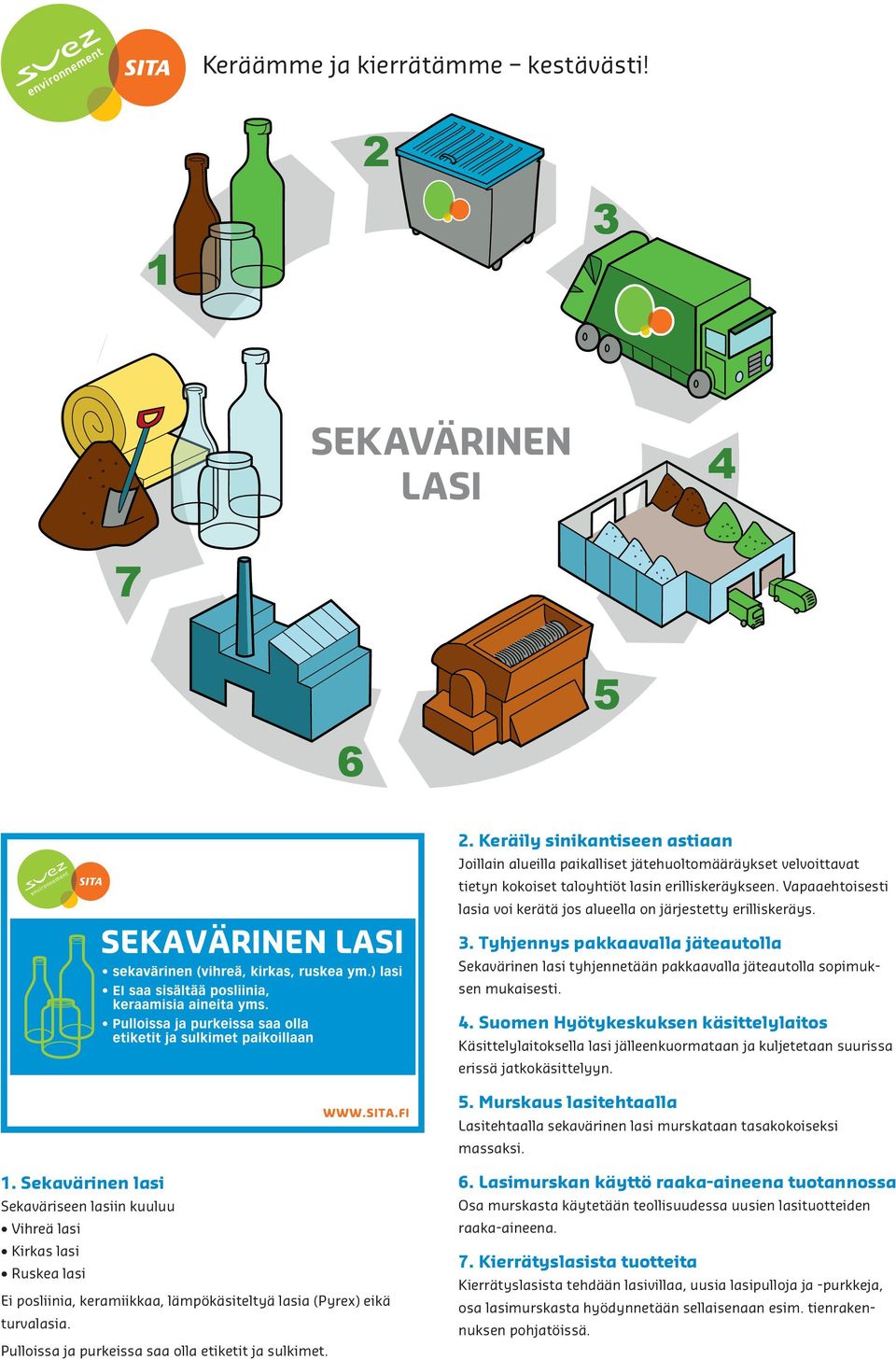 Discarded bottles and other glass items that have no deposit: clear and colour glasses, jars and bottles. Please remember to take deposit bottles to a shop! Recovered glass is used to make new products in the packaging glass and glass wool industry.
Discarded bottles and other glass items that have no deposit: clear and colour glasses, jars and bottles. Please remember to take deposit bottles to a shop! Recovered glass is used to make new products in the packaging glass and glass wool industry.
Deposit bottles and cans
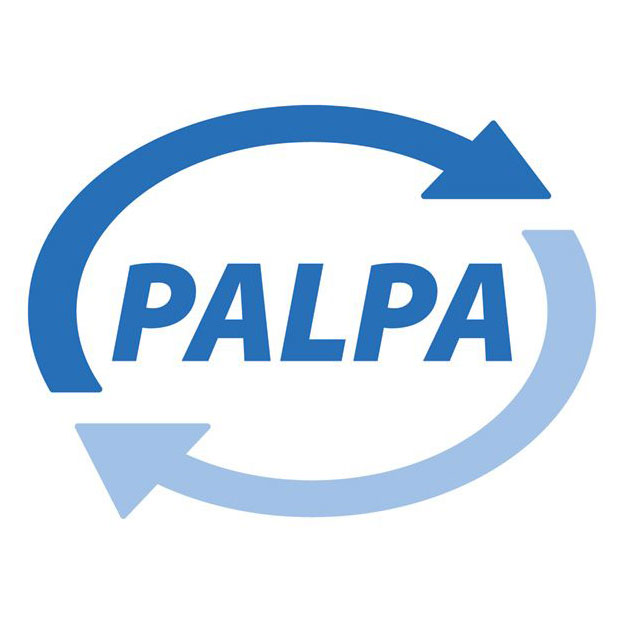 Perho CTB Colleges’s Töölö campus has collection points for deposit bottles along the corridors, and Restaurant Perho also has deposit crates. The recycling is carried out by Suomen palautuspakkaus Oy (PALPA).
Perho CTB Colleges’s Töölö campus has collection points for deposit bottles along the corridors, and Restaurant Perho also has deposit crates. The recycling is carried out by Suomen palautuspakkaus Oy (PALPA).
Hazardous waste
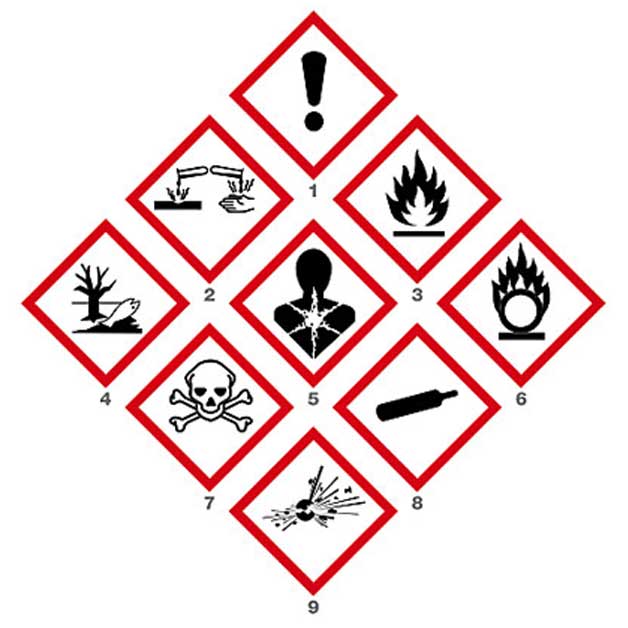 Waste that can be dangerous or cause a health hazard owing to its chemical or other properties. Such waste is taken to plants having the appropriate environmental permits to process and utilise hazardous waste. Dead batteries are collected at the Töölö and Malmi campuses.
Waste that can be dangerous or cause a health hazard owing to its chemical or other properties. Such waste is taken to plants having the appropriate environmental permits to process and utilise hazardous waste. Dead batteries are collected at the Töölö and Malmi campuses.
